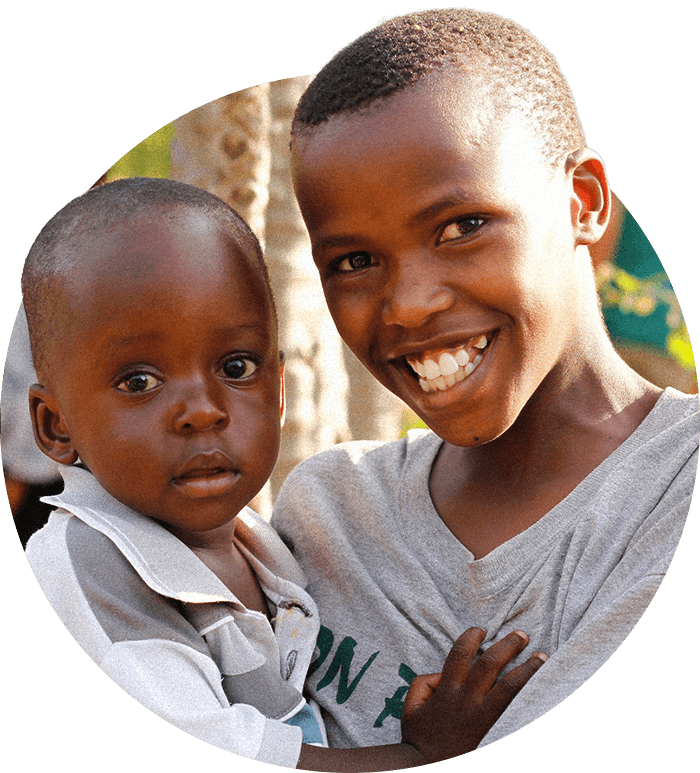
“We recognize that joining hands between agencies already committed means that we can be more effective. “We think that everyone is accountable,” said Eva Clayton, FAO Assistant Director-General and special advisor to FAO Director-General Jacques Diouf on the Alliance. The Alliance also works with private companies and entrepreneurs to spearhead nationalĪlliances aimed at coordinating the campaign to eradicate hunger at country level. With FAO, WFP, IFAD and IPGRI as its founders, the International Alliance against Hunger counts among its members international NGOs representing some 35 million people, including Action Aid International and the World Association of Girl Guides and Girl Scouts (WAGGGS), as well as religious and social movements such as Caritas As the international community now works to meet the Millennium Development Goals - the first of which is aimed squarely at reducing hunger and poverty - still greater meaning is given to the role of the Alliance. The World Food Summit: five years later sought ways to accelerate progress towards the goal of reducing by half the number of hungry people in the world. Momentum was added in 2001 when leaders attending World Food Summit by German President Johannes Rau. Officially launched on World Food Day 2003, the Alliance grew from an idea put forward at the 1996 The International Alliance Against Hunger is rapidly becoming an influential global partnership determined to make the fight against hunger and poverty more effective. Local groups can be especially effective in spreading the word that global hunger does not make sense.Īnother key message is that AIDs sufferers who are also undernourished have an even harder time combatting the disease.

The Alliance seeks to inform and influence decision makers and opinion makers at all levels-governments, community groups, NGOs, private sector and more. The IAAH seeks to raise public awareness about poverty and about the first Millennium Development Goal's target of reducing by half the number of hungry people by 2015. Photo by Amanda Craft.Alliance Against Hunger gaining momentum The International Alliance Against Hunger Photo: Thabang Letela and Nora Goetz look at teddy bears that will be delivered to a number of HIV/AIDS projects. Representatives of each of the JHAH networks, including Thabang and Cindy, will participate in the 2008 Peacemaking Conference – July 15-19 at Chapman University in Orange, CA. Thabang Letela, KKM director, and Cindy Easterday, Companionship Facilitator, joined the seminar participants for our time in Johannesburg.

KKM also supports efforts of several organizations addressing human rights abuses recently described by a regional lawyer’s association as reflecting a “breakdown in the rule of law in the country.” One response is directed at organic farming methods and the use of indigenous seeds and advocating against Genetically Modified Organisms and chemically based fertilizers and sprays. The Lesotho network’s foci for 2008 are food sovereignty and HIV/AIDS as they are closely linked, key issues in the country. This is done by uniting a network in a country and a PC(USA) presbytery around a partnership based on mutual education, exchange, campaigns for peaceful social change, advocacy, accompaniment, and mutual transformation.


JHAH is unique in its approach of defining systems, or root causes, of poverty and hunger and strategizing responses to local hunger and poverty issues. Initiated in 2002 through the Presbyterian Hunger Program, KKM is one of nine countries currently involved in JHAH. Kopano ke Matla Toant’song ea Bofuma Lesotho (Unity Is Strength in the Fight against Poverty) is the Joining Hands against Hunger network in Lesotho.


 0 kommentar(er)
0 kommentar(er)
